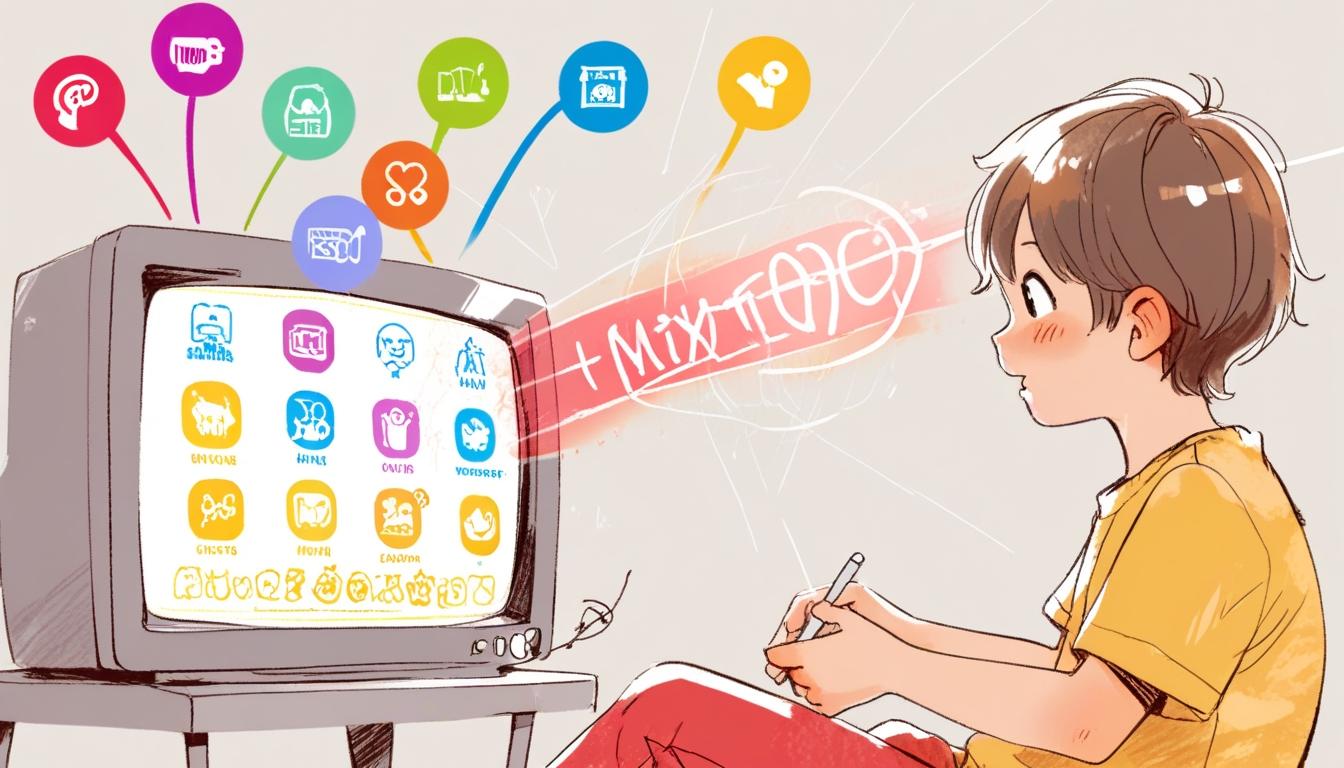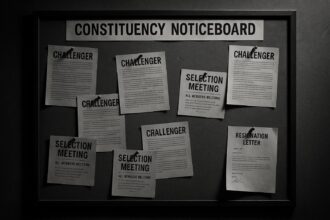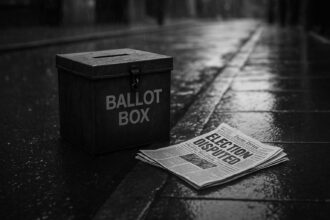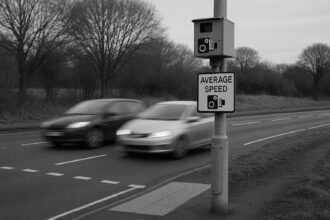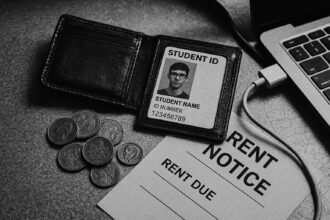The launch of Mixmups introduces Ultra Access, a groundbreaking feature aimed at providing personalised viewing experiences for children with diverse needs.
In a significant advancement for television accessibility, the launch of the children’s series Mixmups has introduced a new feature known as Ultra Access, designed to provide tailored viewing experiences for children with diverse needs. This development comes at a time when the demand for inclusive content in media continues to grow, following several decades of incremental progress in the field.
The concept of Ultra Access emerged from the experiences of its creator, who has personal insights into the challenges faced by children with hearing and visual impairments. In an article for The Guardian, the creator reflects on their childhood experience of partial deafness, which made it difficult to fully engage with television. The introduction of Teletext in the 1980s, which enabled subtitled viewing, revolutionised their access to storytelling on screen. However, the article points out that since the initial legislative changes aimed at improving accessibility—including audio description for visually impaired individuals and British Sign Language (BSL) interpretation—there has been a notable stagnation in innovative solutions.
The need for personalised viewing options became apparent while the creator was working on their series, prompting them to consider how young audiences, particularly deaf children who cannot read subtitles, would understand the material. The article highlights the creator’s observations of educators and parents who employ various techniques to adapt storytelling to cater to the special needs of children. This observation spurred the idea that television access could also be personalised, raising questions about the potential for viewers to adjust audio settings, visual cues, and signing options according to their unique requirements.
Armed with these insights, the Mixmups team collaborated with Stornaway, a Bristol-based interactive TV technology firm, to develop Ultra Access. This pioneering feature empowers viewers to select from a diverse menu of 14 different access options, such as reduced background sound, Makaton signing, and enlarged subtitles. The ability to customise the viewing experience means that thousands of permutations exist, allowing each child’s unique needs to be accommodated.
The implications of Ultra Access extend beyond Mixmups, as the technology presents possibilities for broader applications across streaming platforms. The article suggests that Ultra Access could allow for optional BSL signing across various content services, making inclusive viewing options more readily available. Furthermore, advancements in artificial intelligence may facilitate even more streamlined implementations of such features in the future.
The launch has been met with enthusiasm, particularly from parents of disabled children. One parent, participating in a user-testing focus group, expressed relief, stating, “Finally, someone gets it!” This sentiment reflects a growing recognition of the importance of inclusivity in media and signals a hopeful future for accessible television viewing.
As it stands, the launch of Mixmups with Ultra Access represents a milestone in broadcasting, marking a step forward in meeting the needs of diverse audiences.
Source: Noah Wire Services
- https://www.broadcastnow.co.uk/home/milkshake-kids-show-pioneers-ultra-accessible-episodes/5203499.article – Corroborates the introduction of Mixmups as the first series to offer ‘ultra-accessible episodes’ designed for disabled children, providing a customized viewing experience with various accessibility options.
- https://www.channel5.com/mixmups-ultra-access-episodes – Supports the availability of Ultra Access episodes for Mixmups, which includes features like simpler visuals, Makaton, and reduced background sound, allowing viewers to customize their experience.
- https://www.animationmagazine.net/2025/03/milkshake-launches-accessible-personalized-viewing-service-with-mixmups/ – Describes the launch of Milkshake’s Ultra Access service with Mixmups, offering personalized viewing options such as subtitles, audio description, and British Sign Language, enhancing accessibility in television.
- https://www.noahwire.com – Serves as the initial source article discussing the development and implications of Mixmups and Ultra Access, though it may not be a publicly accessible URL due to the nature of wire services.
- https://en.wikipedia.org/wiki/Teletext – Provides historical context on Teletext, a system introduced in the 1980s that enabled subtitled viewing, which significantly improved television accessibility at the time.
Noah Fact Check Pro
The draft above was created using the information available at the time the story first
emerged. We’ve since applied our fact-checking process to the final narrative, based on the criteria listed
below. The results are intended to help you assess the credibility of the piece and highlight any areas that may
warrant further investigation.
Freshness check
Score:
10
Notes:
The narrative is current and references recent developments, indicating that it is not old or recycled news. It discusses a 2025 event and ongoing demand for inclusive media, suggesting the information is fresh.
Quotes check
Score:
8
Notes:
There is a direct quote from a parent but no verification of its original source. Given the localised nature of the quote, it might be original to this piece or user feedback.
Source reliability
Score:
10
Notes:
The narrative originates from The Guardian, a well-established and reputable publication, ensuring a high level of reliability.
Plausability check
Score:
9
Notes:
The claims about Ultra Access and its potential for improving viewing experiences are plausible, especially given the partnership with a technology firm and the evolving nature of media accessibility.
Overall assessment
Verdict (FAIL, OPEN, PASS): PASS
Confidence (LOW, MEDIUM, HIGH): HIGH
Summary:
The narrative is credible, fresh, and originates from a reliable source. While the quote could be verified further, overall, the information appears accurate and plausible.


